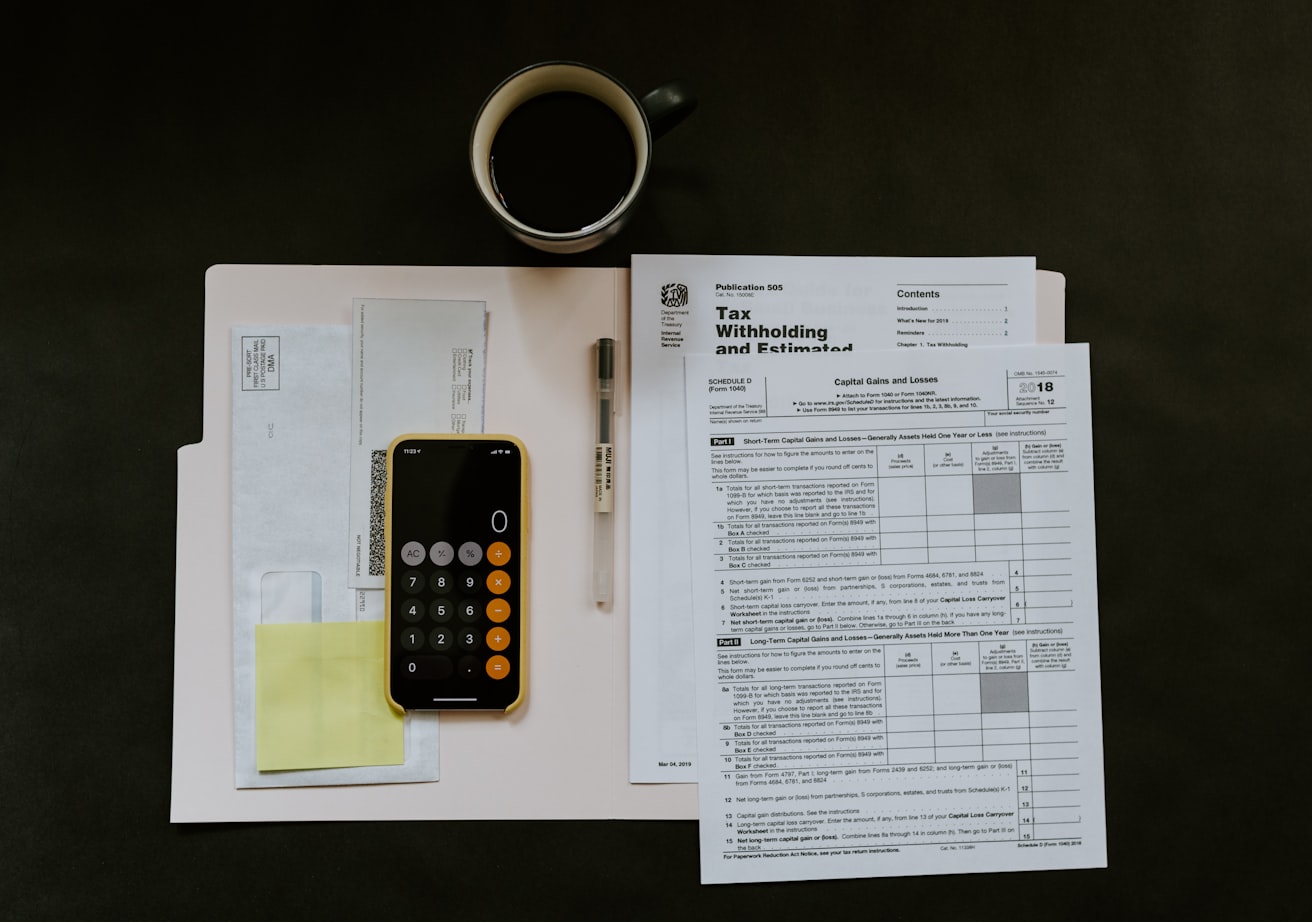Stamp Duty Calculations 2021: All You Need to Know
Stamp Duty Calculations 2021: All You Need to Know

Stamp duty is a tax that you must pay when you purchase a property in the UK, whether freehold or leasehold. The rate you will have to pay varies between 0% and 15% of the property's price. The exact rate you will pay depends on:
- Which UK country you are in
- The price you are paying
- Whether you’re a first-time buyer, or buying an investment property / second home
This article focuses on Stamp Duty Land Tax (SDLT), which applies in England & Northern Ireland.
What is the stamp duty holiday?
In the summer of 2020, UK chancellor Rishi Sunak announced a series of measures aimed at boosting the UK economy after the first coronavirus lockdown. One of these measures changed the stamp duty thresholds for a fixed period, exempting transactions up to £500,000. The stamp duty holiday came into effect immediately after its announcement on 8 July 2020, in a move that enabled buyers of homes on the lower end of the housing market to save thousands when making a purchase.
The stamp duty holiday was scheduled to end on 31 March 2021, but in this year's Budget, Rishi Sunak announced that it would be extended by three months in a further attempt to boost the economy and mitigate the impact of the winter coronavirus lockdown. The new deadline for the stamp duty holiday has been set to 30 June 2021.
The extension to the stamp duty holiday means that first-time buyers will only pay stamp duty on purchases over £500,000. They won’t pay any stamp duty on the first £500,000 of a property purchase. As the UK makes its way to recovery post-pandemic, it remains to be seen whether the stamp duty holiday will be revoked after June 2021. The chancellor is expected to make an announcement of changes to the current stamp duty rules, if any, in May 2021.
Stamp duty calculator UK: how much will stamp duty be in 2021?

The breakdown of stamp duty rates in England and Northern Ireland until 30 June 2021 is as follows:
- Up to £500,000 - zero stamp duty
- Between £500,000 and £925,000: 5 percent stamp duty
- Between £925,000 and £1,500,000: 10 percent stamp duty
- £1,500,000 and above: 12 percent stamp duty
For example, if a buyer who meets the eligibility criteria for the stamp duty holiday was to purchase a property for £600,000, they would pay nothing on the first £500,000 of the property price. However, they would pay 5% on the remaining £100,000 of the price, which would amount to £5,000.
If you’re purchasing a property and would like to calculate how much SDLT you can expect to pay this year, use our stamp duty calculator.
When should I pay stamp duty?
If you are purchasing a property for over £500,000, or are purchasing a buy-to-let investment, holiday home or second home, you will be expected to pay stamp duty to HMRC within 14 days of the completion of your purchase. Failure to pay stamp duty on time could result in a fine. Your legal advisor, conveyancer or solicitor should be able to arrange your payment of stamp duty, and should also ensure that you don’t miss the payment deadline. Some buyers prefer to add the amount of stamp duty owed onto their mortgage loan, which can be helpful in terms of spreading the cost. However, your mortgage provider must agree to this prior to the purchase.
Buy-to-let and second home stamp duty calculator 2021

If you are intending to purchase a property as a buy-to-let investment in 2021, you won’t be eligible to take advantage of the stamp duty holiday.
Instead, you can expect to pay the following rates:
- Up to £125,000: 3 per cent stamp duty
- Between £125,000 and £250,000: 5 per cent stamp duty
- Between £250,000 and £925,000: 8 per cent stamp duty
- Between £925,000 and £1,500,000: 13 percent stamp duty
- Above £1,500,000: 15 percent stamp duty
For example, if you were to purchase a buy-to-let investment for £140,000, you would not pay any stamp duty on the initial £125,000. However, you would be liable to pay stamp duty on the remaining £15,000 of the purchase cost at 3%, which is £450. Stamp duty on buy-to-let properties works on an exponential scale, which means the more expensive the property, the more you can expect to pay in stamp duty - although you won’t be expected to pay anything on the first £125,000 of your buy-to-let investment.
To figure out exactly how much stamp duty you can expect to pay on a buy-to-let property, use our free stamp duty calculator for 2021.
Can I reduce the amount of stamp duty I pay?
Stamp duty is only payable on property/land purchases. Removable fixtures and fittings such as sofas, carpets, non-fixed wardrobes, curtains, and moveable appliances are not subject to stamp duty. It is therefore possible to deduct the cost of these items from the total property price with regard to your stamp duty payment.
Anything else that is attached to the house technically forms part of the property. These items, such as light switches or walk-in wardrobes, are therefore subject to stamp duty. When purchasing a property, you may be able to agree with the seller to pay a reasonable amount for any removables, which can then be deducted from your SDLT bill. An experienced conveyancer or solicitor should be able to negotiate this on your behalf.
Stamp duty calculator UK: do I have to pay stamp duty?
While the rules regarding stamp duty and the amounts you must pay are invariably complex, the simplest explanation is that everybody who purchases a residential property or non-residential property in England and Northern Ireland (including corporate bodies, overseas buyers, and non-naturals) is liable to pay stamp duty.
However, the amounts can vary dependent on the price of the property purchase, and exemptions apply in certain circumstances. Stamp Duty Land Tax (SDLT) is paid on increasing portions of the price of a property. The amount you will have to pay will depend on when you purchased the property, and how much you paid for it. To find out how much Stamp Duty Land Tax you may be liable to pay on your next property purchase, use our simple 2021 stamp duty calculator.
I don’t have to pay stamp duty - do I still need to contact HMRC?
If you have purchased a property for more than £40,000, you will still be expected to file a Stamp Duty Land Tax return with HMRC - even if you don’t have to pay any stamp duty on the property (for example, if you are a first-time buyer of a property which cost less than £500,000).
However, certain exemptions apply, and you will not have to submit a stamp duty return if:
- The property has been left to you in a will
- No money has changed hands as part of a property transfer
- You use alternative financial arrangements, such as those compliant with Sharia law
Do I need to pay stamp duty in Scotland or Wales in 2021?
In Scotland, Stamp Duty Land Tax has been replaced with a Land and Buildings Transaction Tax. In Wales, it has been replaced by Land Transaction Tax. The methods of calculating these taxes differ from those in England and Northern Ireland. While both Scotland and Wales introduced LBTT and LTT holidays respectively, it currently remains unclear as to whether these will be extended in the same way as the stamp duty holiday in England and Northern Ireland.
Investing wisely with PropertyData
To access a range of essential tools to help you make informed property investment decisions, why not try PropertyData for free? To begin, simply check out our tutorials section to start your property investment journey today.



